
Last summer, climate conditions were primed to deliver an above-average—possibly very active—hurricane season in the Atlantic. And then...? The 2013 Atlantic Hurricane season produced the fewest number of hurricanes since 1982. What happened?

Last summer, climate conditions were primed to deliver an above-average—possibly very active—hurricane season in the Atlantic. And then...? The 2013 Atlantic Hurricane season produced the fewest number of hurricanes since 1982. What happened?
CarbonTracker is a tool for modelling sources and sinks of carbon dioxide. Users can download the code, carbon dioxide data, and the tool's carbon flux estimates to conduct their own analyses or to help improve the system.
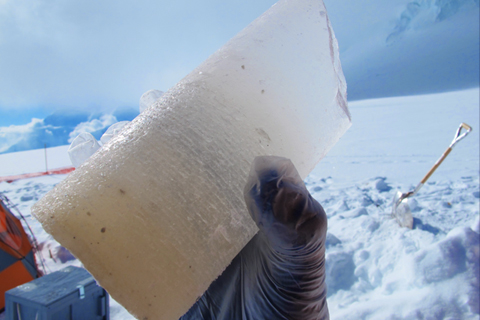
Like a prehistoric fly trapped in amber during dinosaurs' days, airborne relics of Earth's earlier climate can end up trapped in glacial ice for eons. How do climate scientists turn those tiny relics into a story about Earth's ancient climate?

A pool of warm water lurking beneath the surface of the western Pacific has been slowly sloshing eastward in the past few months. This traveling wave of warm water is one of the signs that climate conditions are favorable for the emergence of El Niño later this year.
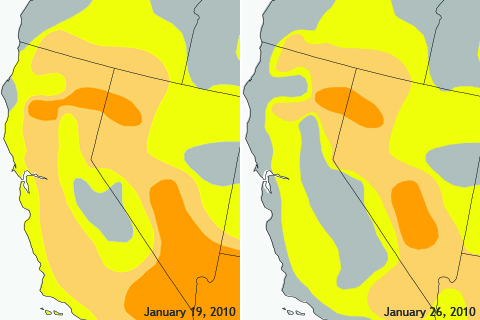
Atmospheric rivers are the source of 30-50 percent of precipitation along the U.S. West Coast, and they are a major driver of the region's most serious floods. But the events are also called “drought busters” because, as these maps from 2010 show, just one or two storms can help replenish the water system during dry spells.

The International Academy of the Digital Arts & Sciences has chosen us as one of five nominees for the annual Webby Awards for online excellence. Please consider voting us for the People's Voice Award! Vote for us in the Government category, and vote for the "Teaching Climate" section in the Green category.
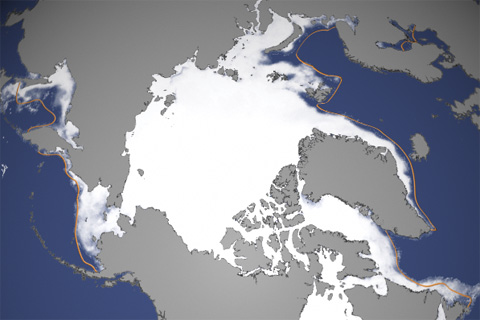
It’s finally here! Yesterday, scientists from the National Snow and Ice Data Center announced the ultimate sign of spring: Arctic sea ice reached its winter peak on March 21, 2014, and the annual melt season is underway.
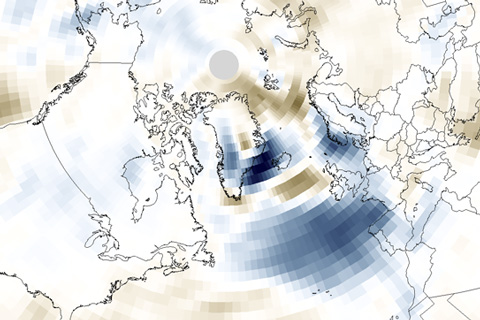
The North Atlantic has spawned an unusually high number of hurricane-force storms this winter, already surpassing last winter's total—and the season isn't over yet.
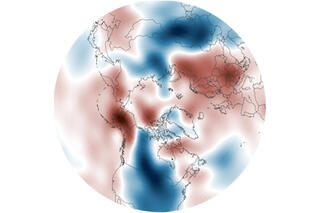
January 10, 2014
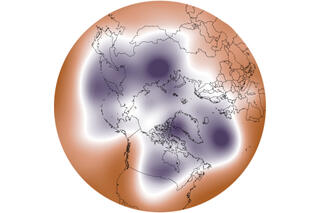
January 8, 2014